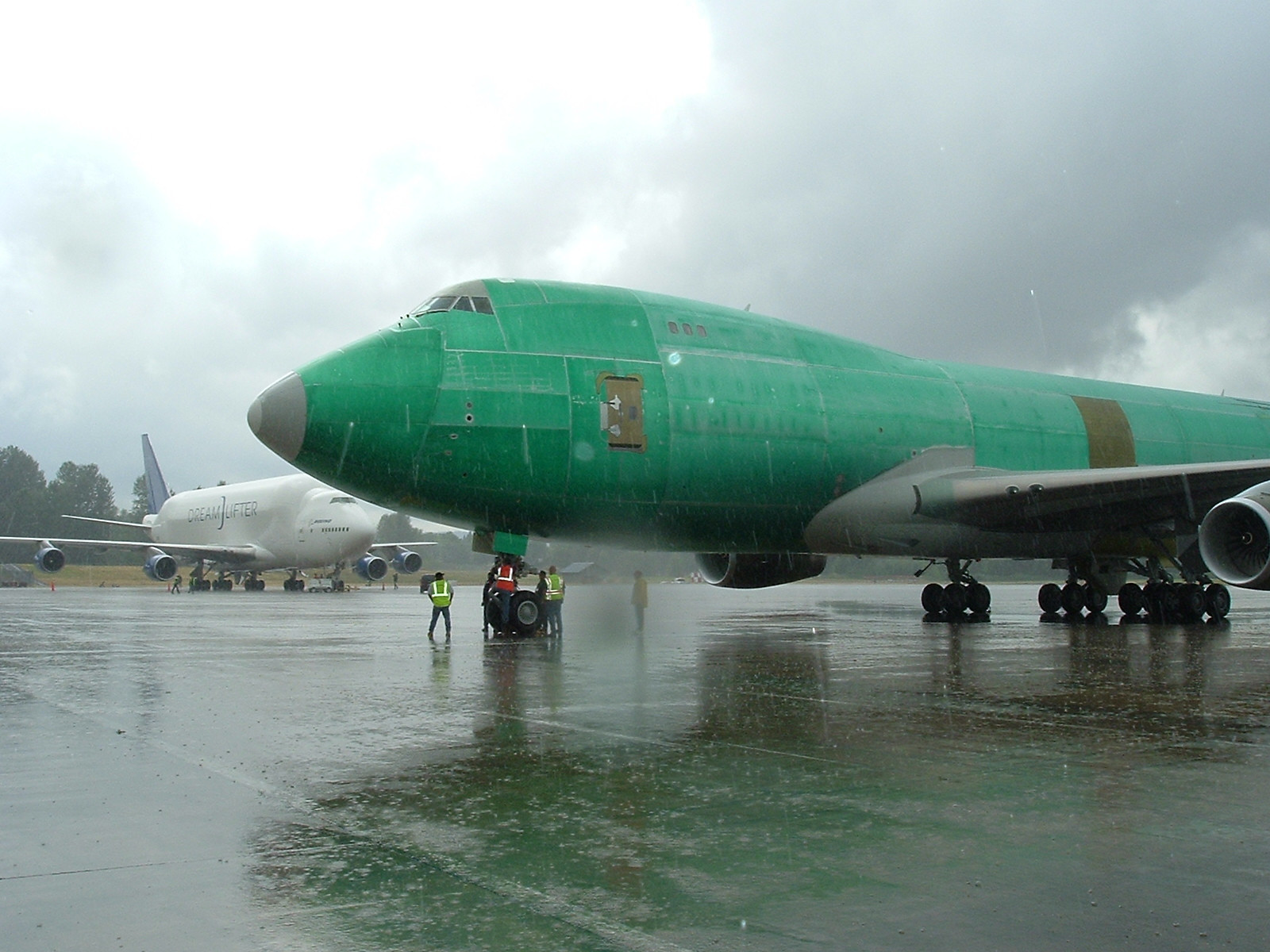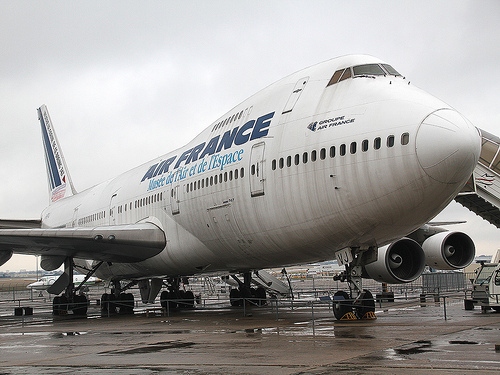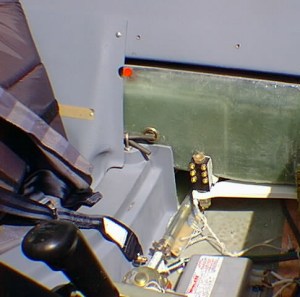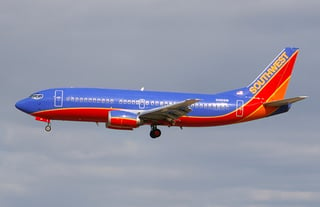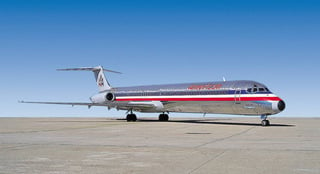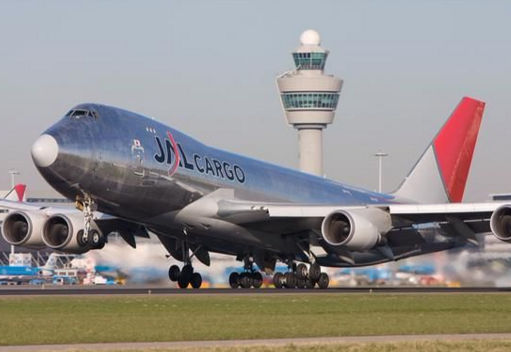Contrary to voretaq7's highly upvoted answer, the green coating in your first image is NOT a primer. It's a spray-on plastic protective coating usually referred to as "Temporary Protective Coating (TPC)". This is used primarily as a barrier to oxidation, as there is a very thin layer of very pure aluminum on the exterior surface of the skin.
During some of the videos available of the painting process for a new aircraft, you will see them spray a chemical over the entire airplane as the first step. This chemical dissolves the TPC, and leaves a super-shiny aluminum surface for them to then proceed to paint.
The primer paint used on the exterior of the skin during the full paint process is usually a yellow color, not the traditional "Boeing green" seen on interior parts that don't get a final paint coat.
As for why white is the primary color of choice, I unfortunately do not know. However I would point out that Southwest Airlines does not use a white base-coat on their current livery (term for the paint scheme), American Airlines' new 787's are actually a very light blue, and there was the Air New Zealand black 787 shown in another answer...
Source/Disclaimer: I am employed by Boeing on the Commercial production lines. Information I have provided is, to the best of my knowledge, accurate and not considered proprietary.
